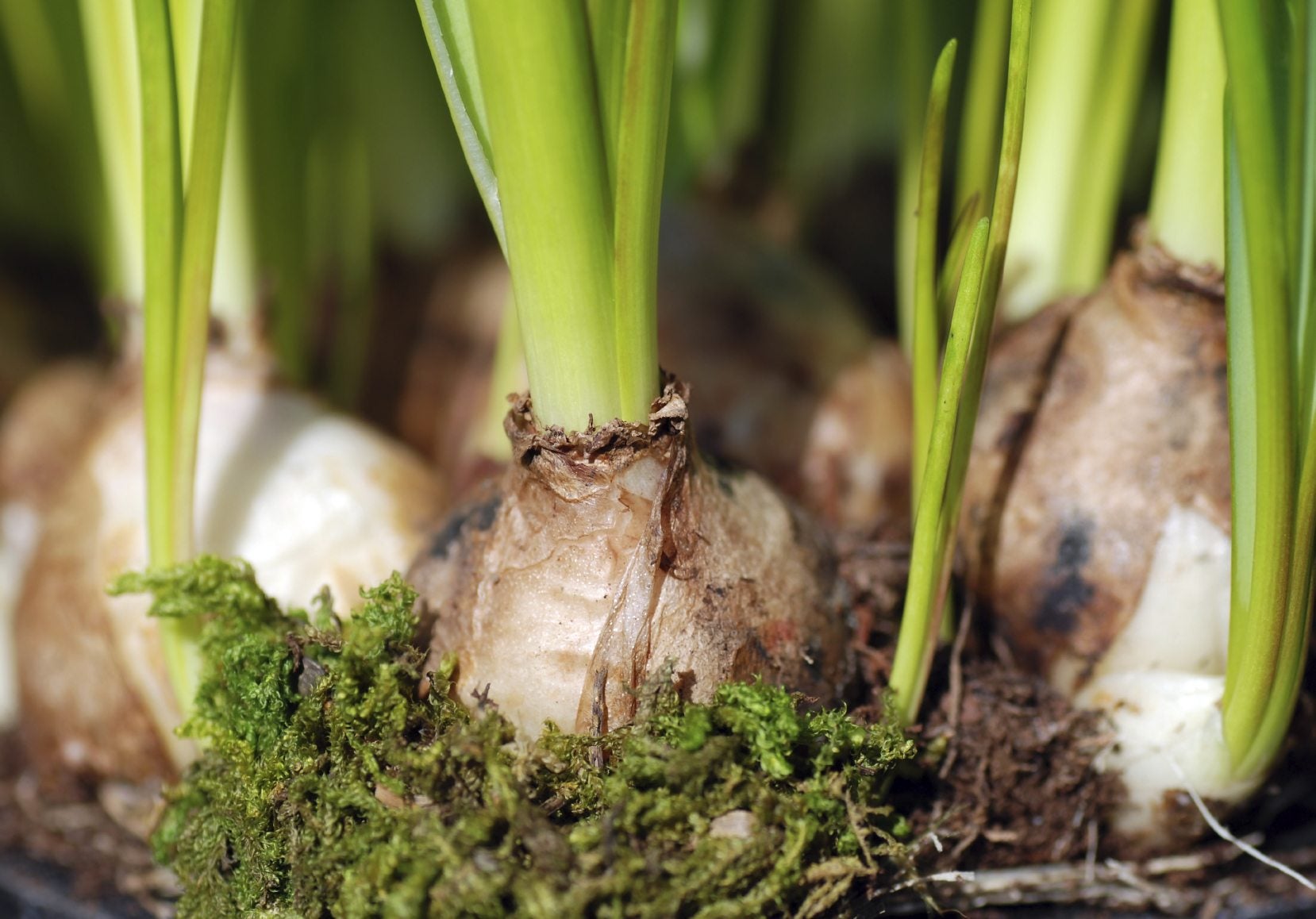Digging Grape Hyacinths: How To Store Hyacinth Bulbs After Flowering


You see them appear in April like a fragrant blue mist over the meadow– grape hyacinth (Muscari spp.), offering so much in a small packet. The true-blue beauty of their vivid blossoms stands out in the garden and delights the bees. These flowers are not bothered by frost, and they are undemanding and low maintenance in USDA Hardiness zones 4 to 8. Best of all, grape hyacinths are easy to dig up after flowering. Can you replant grape hyacinths? Yes, you can. Read on for all the info you need about how to store hyacinth bulbs after flowering.
Digging Grape Hyacinths
Why should you buy more grape hyacinth bulbs when–by digging up grape hyacinths–you can get lots of new starts from the bulbs you’ve planted? Wait until the blossoms wilt, leaving only the leaves and stems. Then you can start digging up grape hyacinths and storing grape hyacinth bulbs. It’s a simple, three-step process. Lift up the clump with a spade inserted far enough away from the bulbs that you don’t accidentally damage them. Take the time to loosen the soil on all sides of the clump before you lift it. Then it’s less likely to fall apart. As you are digging grape hyacinths up out of the ground, brush off the soil from the bulbs. Once the clump is out, you can see the bulbs and the new offsets. Divide up the cluster into smaller pieces, then break off the biggest and most attractive bulbs to replant.
How to Store Hyacinth Bulbs after Flowering
Once you have the bulbs separated and the soil brushed off, chill them in the refrigerator, storing grape hyacinth bulbs there for up to six weeks. If you live in USDA hardiness zones 8 and higher, your bulbs need chilling for good stem elongation. When you are storing grape hyacinth bulbs, use a breathable paper or cloth bag.
Can You Replant Grape Hyacinths?
You can replant grape hyacinths in September in cooler climates or wait until October when you live in warm-winter zones. All you need to do is find likely places in your garden with sunshine and sandy, well-draining soil, and plant each bulb, pointy end up, in a hole 4 to 5 inches (10-13 cm.) deep.
Sign up for the Gardening Know How newsletter today and receive a free copy of our e-book "How to Grow Delicious Tomatoes".

Teo Spengler is a master gardener and a docent at the San Francisco Botanical Garden, where she hosts public tours. She has studied horticulture and written about nature, trees, plants, and gardening for more than two decades, following a career as an attorney and legal writer. Her extended family includes some 30 houseplants and hundreds of outdoor plants, including 250 trees, which are her main passion. Spengler currently splits her life between San Francisco and the French Basque Country, though she was raised in Alaska, giving her experience of gardening in a range of climates.